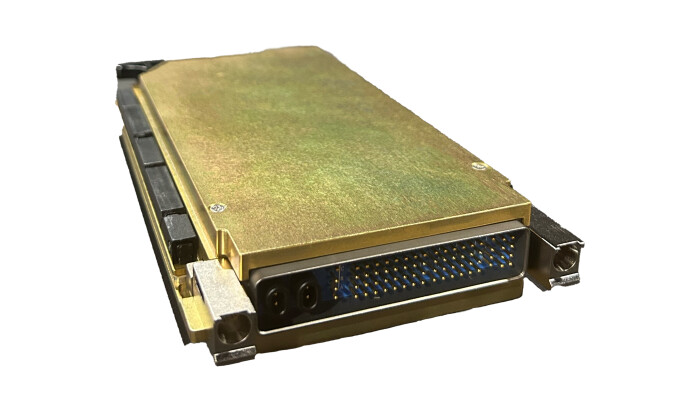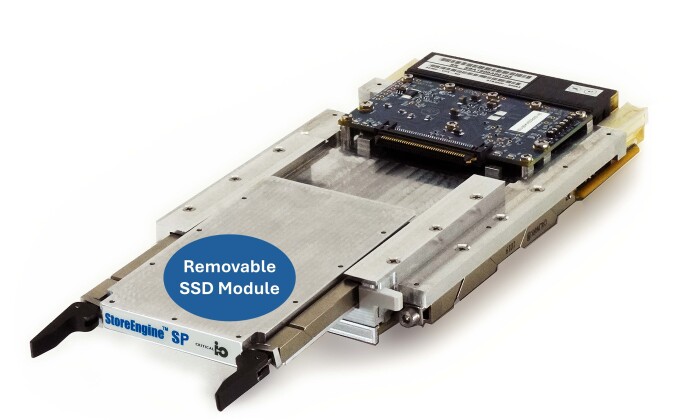Military Embedded Systems
Other Videos
Press Releases
-
Call for Consensus Body Members to Reaffirm ANSI/VITA 17.3-2018 as a reaffirmed standard
April 22, 2024
-
New High-Performance Embedded Computer from VersaLogic
April 22, 2024
-
Latest Release of Wind River Studio Developer Addresses Challenges of DevSecOps Adoption for the Intelligent Edge
April 10, 2024
-
Push the Limits of Commercial GaN with ADPA1113
April 10, 2024
-
One Stop Systems Expands Business Development Team to Support Growth in U.S. and International Defense and Commercial Markets
April 09, 2024
Products
-
Holt Expands Line of Drop-In Replacements for DDC MIL-STD-1553 Terminals
September 12, 2023
White Papers
-
Time-Sensitive Networking: Transforming Military Networks for Enhanced Performance and Reliability
April 18, 2024
-
The LDRA Airworthiness Handbook - Because there’s more to it than just DO-178C
March 18, 2024
-
How Minimizing Pulse Droop in GaN Power Amplifiers Improves Radar Range
March 07, 2024
-
How to Select the Right Type of EMI Filter for Harsh Environment Operation
March 01, 2024
-
Benefits of a COM Express + Custom Carrier Board Solution
November 08, 2023
-
Rugged mission displays for surveillance applications
March 30, 2010
-
Software warranties -- A new era?
September 23, 2009
-
Solving the processor challenges for safety-critical software
October 12, 2011
-
Remote test equipment solves problems in avionics bus systems
June 24, 2008
Unmanned
-
COM Express enables application-specific data acquisition systems
October 12, 2011
-
Enhanced Full-Motion Video advances military UAS surveillance - Multistream image processing and routing in real time
October 06, 2010
-
COTS vendors, while concerned about extensive DoD budget cuts, see opportunities for retrofits, unmanned systems
October 12, 2011
-
Deploying ruggedized platforms for unmanned vehicles
June 20, 2011
-
Open standards ease Multi-Level Security (MLS) systems integration
July 27, 2011
-
Domain-specific property checking with advanced static analysis
February 17, 2011
-
Should we put up with software that doesn't work?
September 02, 2011
-
Protecting integrated circuits from silicon Trojan horses
February 10, 2009
Comms
-
DNA protects electrical components against counterfeiting
June 16, 2011
-
OtterBox arms the military with rugged technology
February 18, 2009
-
Navy's NMCI network speeds warfighter's chance to get inside the adversary's OODA loop: An exclusive interview with HP's Bill Toti,
April 29, 2011
-
Obsolescence management: Another perspective
February 10, 2009

































